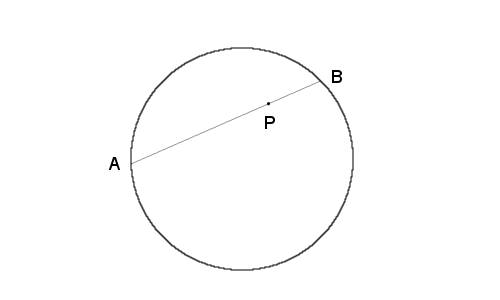
When Richard Feynman won the Nobel Prize in 1965, CERN director Victor Weisskopf worried that he would be driven out of physics and into administration. He goaded Feynman into signing a wager before witnesses:
Mr. FEYNMAN will pay the sum of TEN DOLLARS to Mr. WEISSKOPF if at any time during the next TEN YEARS (i.e. before the THIRTY FIRST DAY OF DECEMBER of the YEAR ONE THOUSAND NINE HUNDRED AND SEVENTY FIVE), the said MR. FEYNMAN has held a ‘responsible position.’
The two agreed: “For the purpose of the aforementioned WAGER, the term ‘responsible position’ shall be taken to signify a position which, by reason of its nature, compels the holder to issue instructions to other persons to carry out certain acts, notwithstanding the fact that the holder has no understanding whatsoever of that which he is instructing the aforesaid persons to accomplish.”
Feynman, who once called administration an “occupational disease,” collected the $10 in 1976.



